by Francky Knapp: For a few Spring months in 1954, a melancholy Picasso found himself enraptured by 19-year-old Sylvette David…
Of all the muses who bookmarked his life — and there were many — she’s fallen to the wayside of history as one of the most enigmatic and misunderstood. For years, critics wrote the body of work she inspired that summer as a footnote in the artist’s career. Yet the volume of pieces he made in homage to Sylvette, and her signature ponytail, was unmatched by any other woman in the artist’s lifetime. So who was Sylvette? And what made Picasso choose her over Brigitte Bardot?
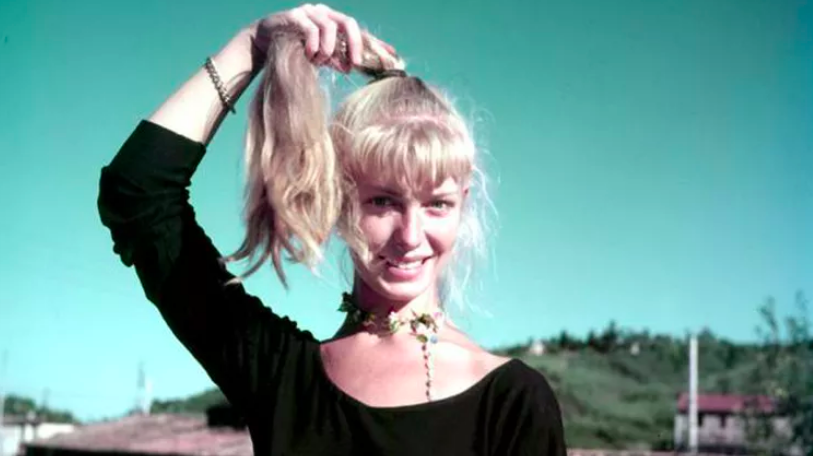
The French Sylvette, now 83 and going by the name “Lydia Corbett” (but more on that later), came from arty stock. Her mother was an oil painter, and her father, an art dealer. “As a small child, she grew up free on a naturist island, Île du Levant, off the southern coast of France, moving during the war to a safe enclave in the eastern mountains,” reads her official site.

© TOBY JELLINEK
At one point she was living in a town called Vallauris on the Côte d’Azur with her fiancé, Toby Jellinek, who took many of these photographs. In other words, Picasso’s neck of the woods.

© TOBY JELLINEK
Later, he’d recall how Sylvette, this mystery girl with her charming high pony-tail, would walk past his studio every day and catch his eye. He began painting her from his memory, until she happened to see the artist holding up a sketch of what was a portrait of her face. “It was like an invitation,” she later said about the moment. She proceeded to waltz right into his studio, and Picasso, being Picasso, just said, “I want to paint you, paint Sylvette!”

© ENDEAVOUR LONDON, CORBETT FAMILY ARCHIVE
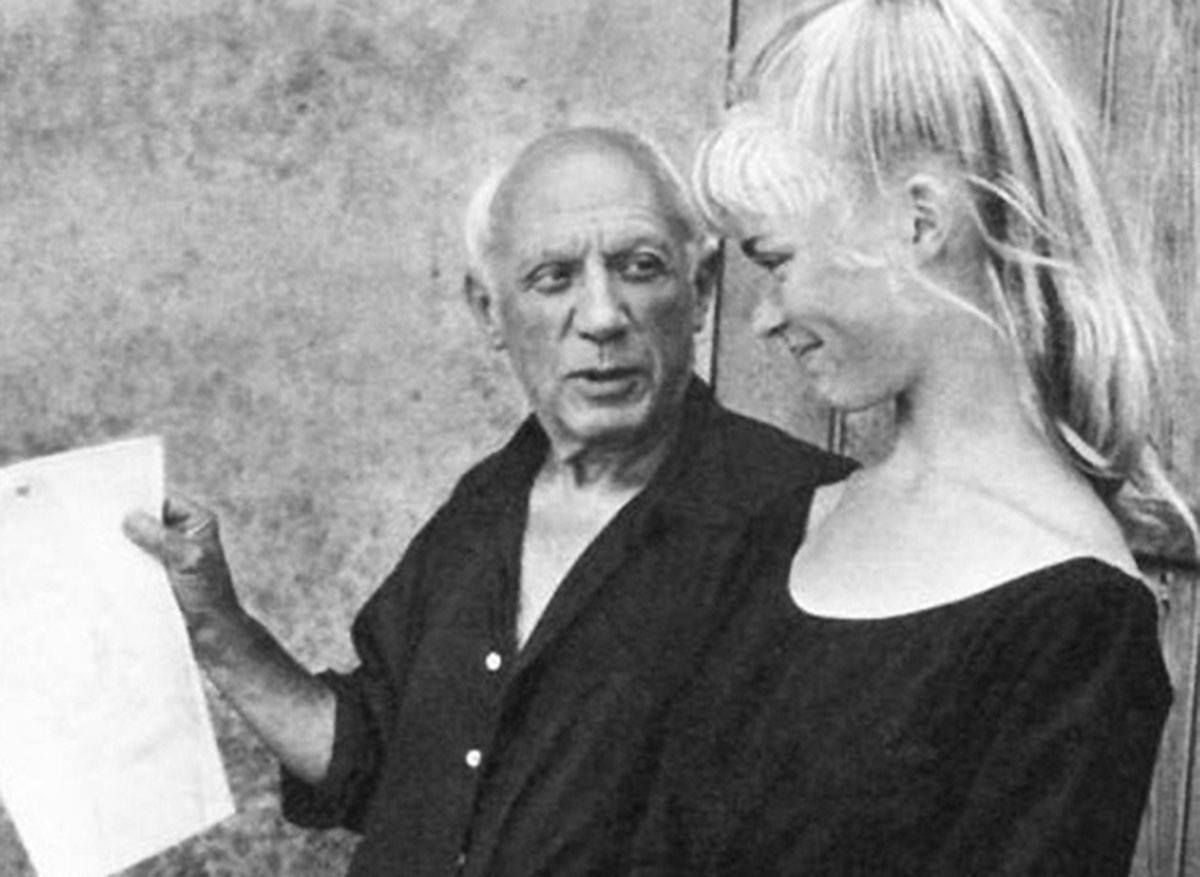
© TOBY JELLINEK.
It was kismit. She would come over for hours on end, often posing in his rocking chair while he painted her, sketched her, sculpted her — you name the medium, he dabbled in it for Sylvette. That giant Picasso sculpture on Bleeker Street in New York City? That’s Sylvette. She was young but a whole lot of woman, with an energy that felt both relatable and ethereal. Also, that ponytail:

© ANDRÉ VILLERS
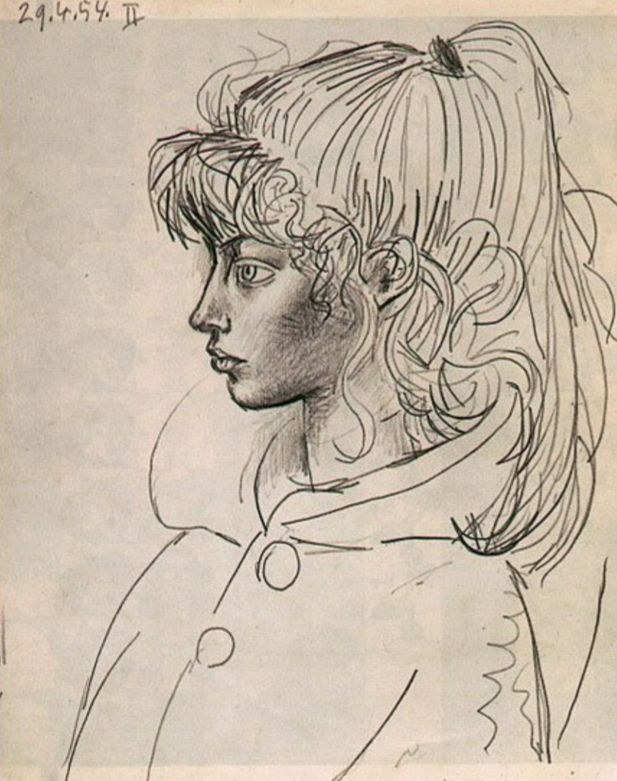

PORTRAIT OF SYLVETTE DAVID, 1954
“I did it for my dad, whom I didn’t see very much because he was remarried,” revealed Sylvette. He had told her as a young girl, that he’d seen a Greek drama in Paris, and the girl in the play had a beautiful hairstyle, of a ponytail very high up, in the Greek manner. “That’s why I did it – for him.”


“SYLVETTE 3” BY PICASSO.
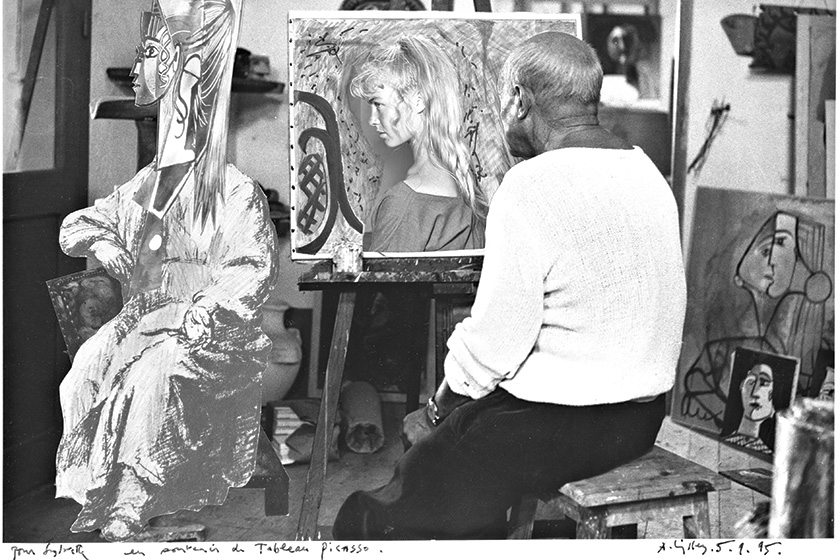
ANDRE VILLERS© ENDEAVOUR LONDON, CORBETT FAMILY ARCHIVE

Picasso presented his collection of over 60 works in Paris to great acclaim, if not only because the art world wondered who this budding Mona Lisa really was. Even Brigitte Bardot, according to the muse, started sporting the look when she saw Sylvette donning it around Cannes.
In Brigitte’s biography, the screen siren wrote, “I went to see Picasso, but as he had already done Sylvette David, he didn’t want to do me.” (Finally, we discover why Picasso was the only man to resist Miss Bardot!)
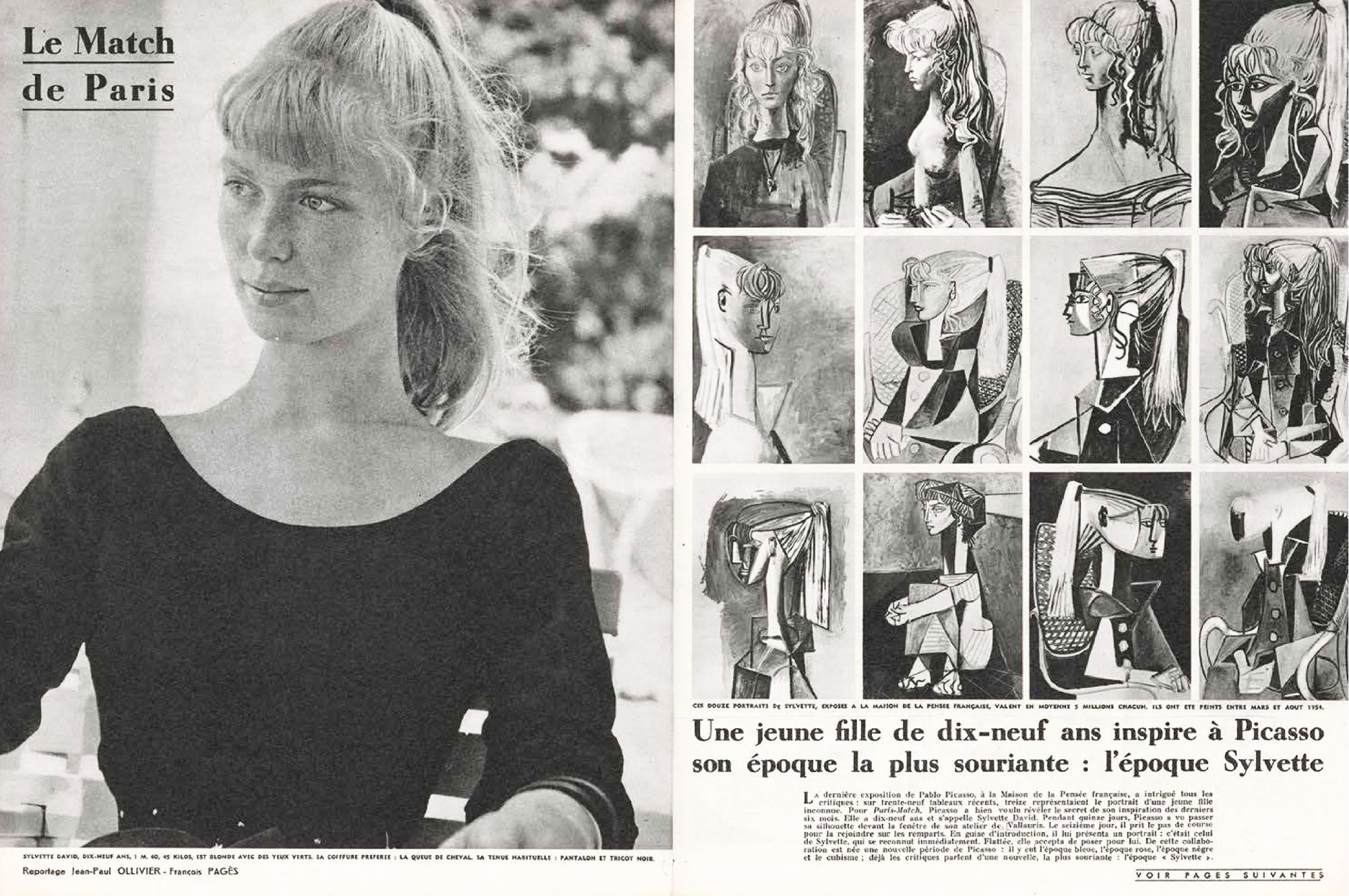
“I thought that was very funny,” Sylvette later said in an interview for her own biography. “My life crossed their path – Bardot and Vadim – on the Croisette, in Cannes. We used to go there to look at the film festival, Toby and I. And we noticed each other, walking. She had brown hair, and she turned blonde after that. She became a beautiful blonde… I suppose she saw Paris Match, with me in it, and then went to see Picasso. She was more beautiful than me in a way: more sexy really. I wasn’t sexy; I was running away from sex! Funny, isn’t it? And Picasso could see that.”

© TOBY JELLINEK
Yet, as time went on, critics began pigeonholing the “Ponytail Period” nothing more than a footnote in Picasso’s career — an obsessional rebound from his split with former parnter, Françoise Gilot.

© TOBY JELLINEK
“The idea that this series lacks emotional engagement is a rather superficial psychological argument,” said Christoph Grunenberg, the director of Bremen’s Kunsthalle, to the BBC in 2014, “I don’t think you can reduce Picasso to a kind of flesh-eating vampire who feeds on other women and his subjects – it’s more complex than that.” For one, Sylvette was never even his lover. She didn’t even pose nude for the painter. Her fiancé, Toby, tried to keep a close eye on things as he did some work around the studio.
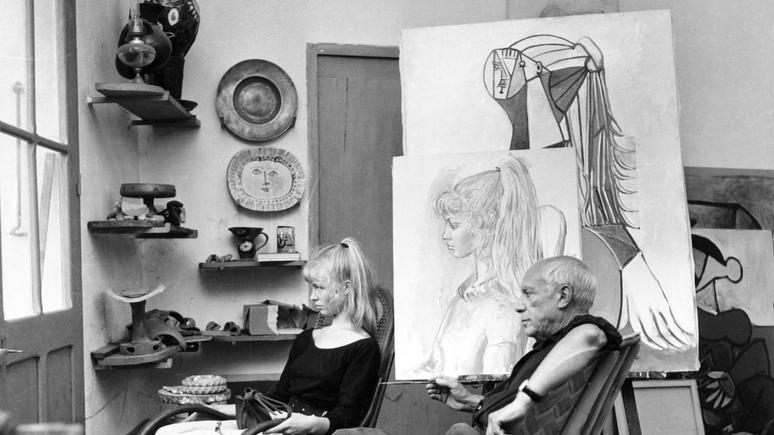
© Toby Jellinek“Once, he took me into the barn where he kept his car”, recalled Sylvette to photographer Rosie Osborne in 2016. “It was an old Hispano Suiza, covered in dust. It was an amazing car. He opened the door and sat on the back seat. I hesitated, thinking, ‘shall I sit in there with him?, and then thought, ‘oh come on, don’t be silly.‘ So I did. He sat there talking about all sorts of things and told me stories. He told me that creativity was happiness, and that any object can be interesting – that they all give you ideas. But he never touched me. He knew that if he had touched me, I would be off, like a deer!”
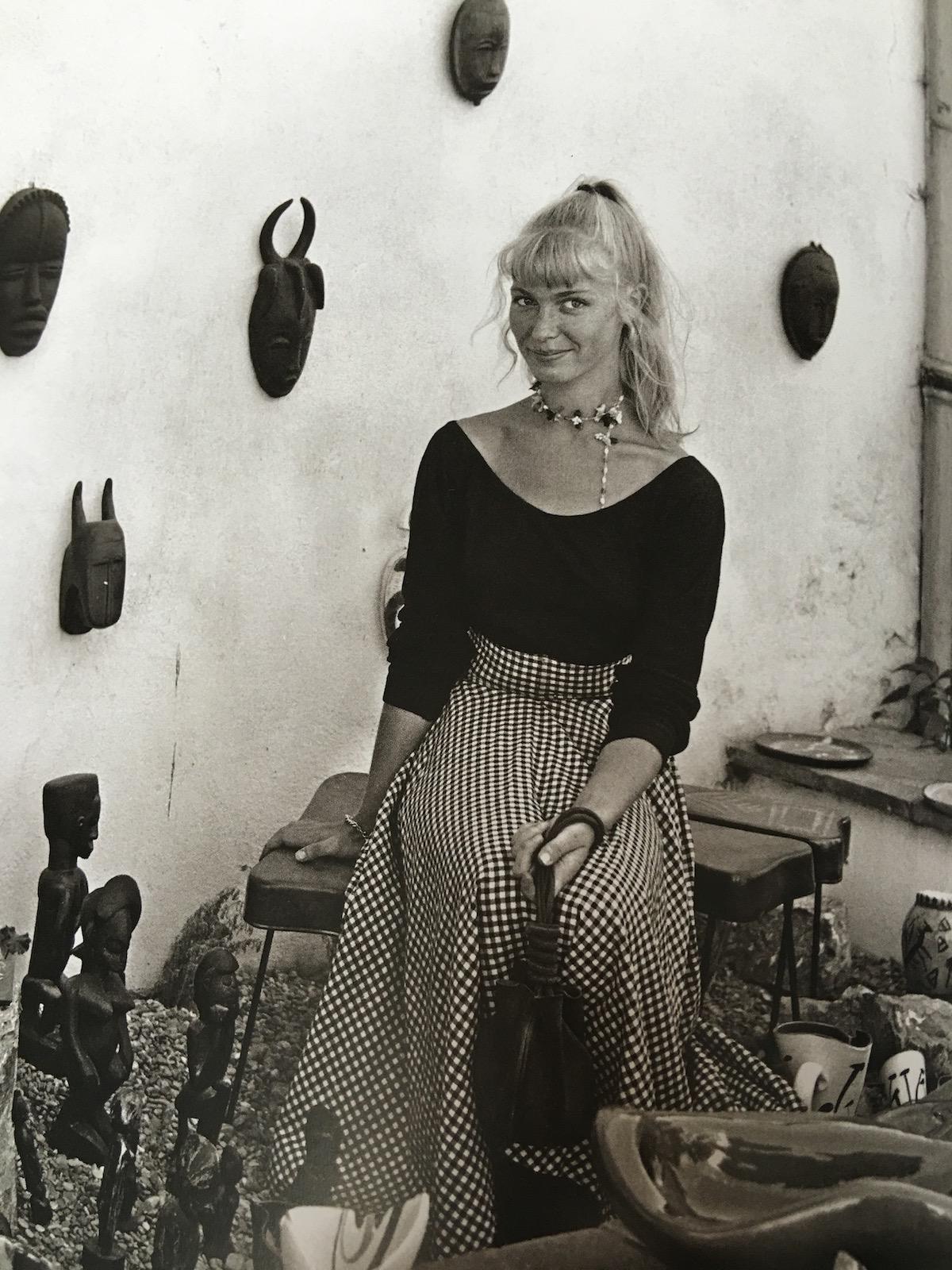
© TOBY JELLINEK
“Maybe it was her resistance to be seduced by him that made him need to see her,” he continued, “because he didn’t conquer her, he needed to conquer her on canvas and on paper and in sculpture…But even in the very sketchy portraits, where he tries to capture Sylvette in just a few lines and strokes, there is always great painterly expression. So one has to be very careful not to be judgemental.” Those in defence of the “Sylvettes” say they’re a testament to Picasso’s genius creative ability. “Suddenly, Picasso goes back to sheet metal,” adds Grunenberg about the range we get from the works, ” which he had used in his Cubist assemblage Guitar [1914]”:

SYLVETTE, 1954 OIL PAINTING ON BOTH SIDES ON CUT-OUT SHEET METAL
Grunenberg’s observations are, in many ways, on the nose. But his vision of these muses as “conquests” is something Arne Glimcher of NY’s Pace Gallery would likely disagree with: “We’ve seen so much about Picasso as a misogynist,” he told The New York Times in 2014, “But someone who has so many women in his life doesn’t hate women. I think that’s ridiculous. Maybe he was not very good at maintaining relationships with women.” After all, he remained friends with Sylvette for the rest of his life. So what became of Sylvette?

SYLVETTE’S LAST VISIT WITH PICASSO, HE MEETS HER DAUGHTER ISABEL © CORBETT FAMILY ARCHIVE
Today, she’s a talented painter and ceramicist in her own right, living and working in South Devon, England, under the name “Lydia Corbett” (she didn’t want to ride on Picasso’s coat tails). She told Country and Townhouse in a 2016 that the painter was like a father figure to her, and that the time they spent together influenced her own creativity more than she realised. “Picasso didn’t do small talk,” she said, “We would sit together in silence while he painted; this is where the artist goes – to an inner space, the visionary side of life. Through contemplation you go into another world…closer to your own soul…When you work spontaneously like this, beautiful things happen. ”
Check out her some of her wonderful art:

She has on online shop, where you can buy her beautiful oil paintings, watercolours, ceramics and prints.
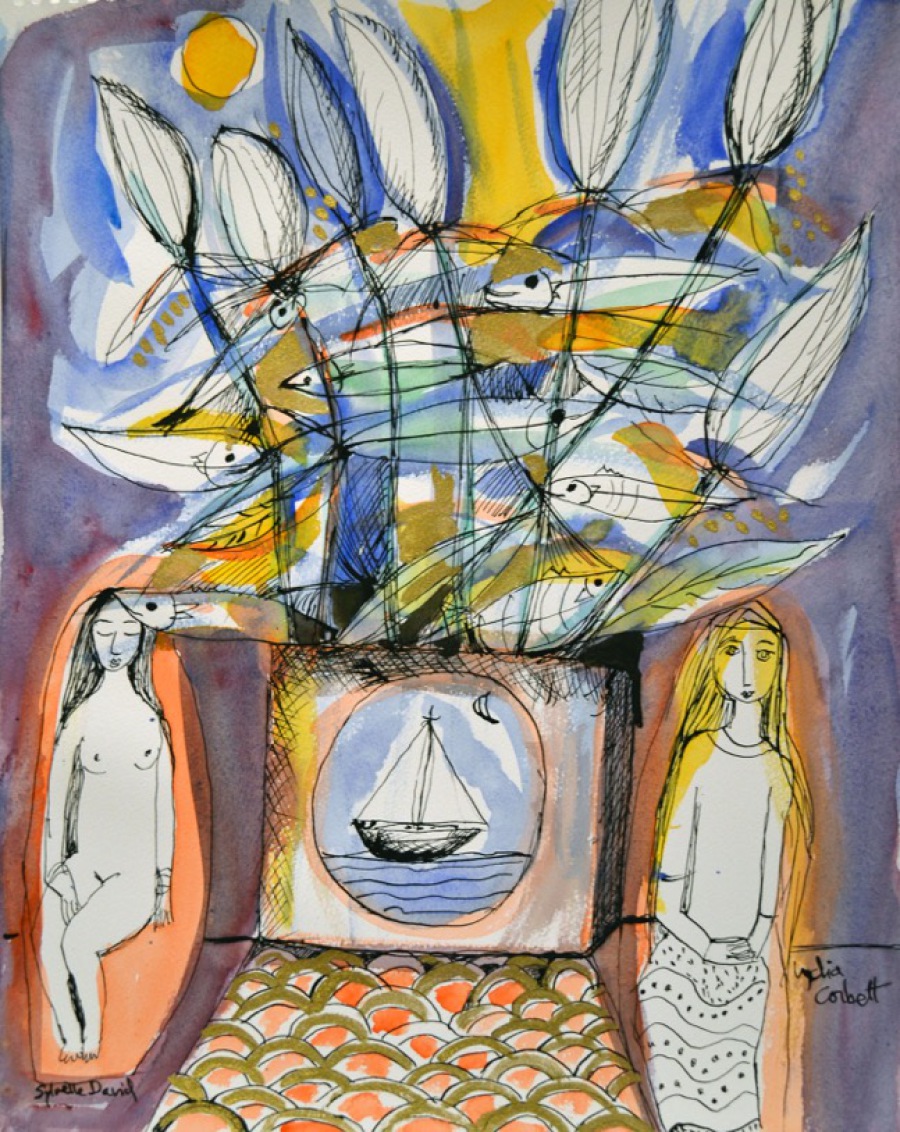
There’s even a book “I was Sylvette“, an engaging memoir documenting their time together.




















































